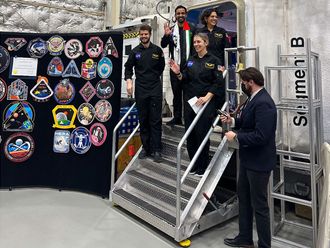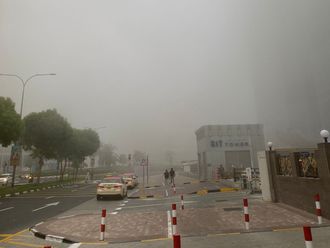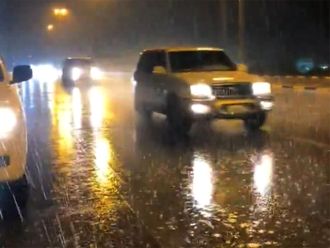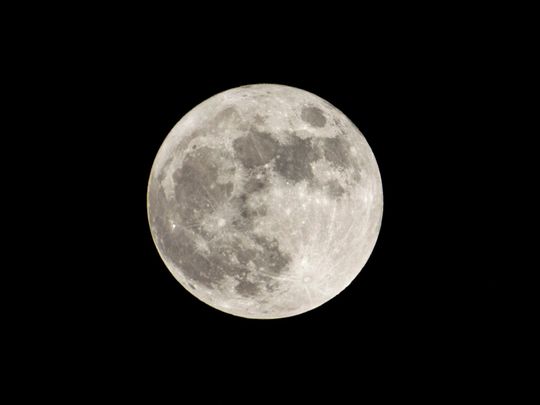
Dubai: The Dubai Astronomy Group has urged the public to brace themselves for two upcoming celestial events.
While the first is the Hunter Supermoon on October 17, the second is the Comet C/2023 and Orionids Meteor Shower on October 19.
DAG will be marking both occasions with special events in Dubai.
DAG said the Hunter’s Supermoon celebration at the University of Dubai will kick off with a lecture on Supermoons, which will enlighten participants on what makes the Supermoon unique, how often they occur, and why they are special for astronomers and skywatchers.
The event, which will begin at 6.30pm will run till 9.30pm and will include a Q&A session, telescope observations of the Supermoon and an astrophotography session. There will be a charge of Dh40-Dh80 for entry.
What is a Supermoon?
A supermoon occurs when the full moon coincides with the moon’s closest approach to Earth in its elliptical orbit, known as perigee. During this time, the moon appears larger and brighter than usual, offering a spectacular visual treat in the night sky. The term Supermoon was coined to describe this amplified appearance, as the moon can look up to 14 per cent larger and 30 per cent brighter than when it is at its farthest point (apogee) in its orbit, DAG said.
It said supermoons typically happen three to four times a year, but not every full moon is a supermoon. The specific timing depends on the moon’s orbit and its varying distance from Earth. The moon’s proximity to Earth during this time results in a detailed view of its surface, allowing observers to see lunar features like craters and valleys with striking clarity.
Comet C/2023 A3 and Orionids Meteor Shower
As for the second event on October 19, DAG said the once-in-80,000-years Comet C/2023 will be the visible before it leaves our skies, accompanied by the Orionids Meteor Shower.
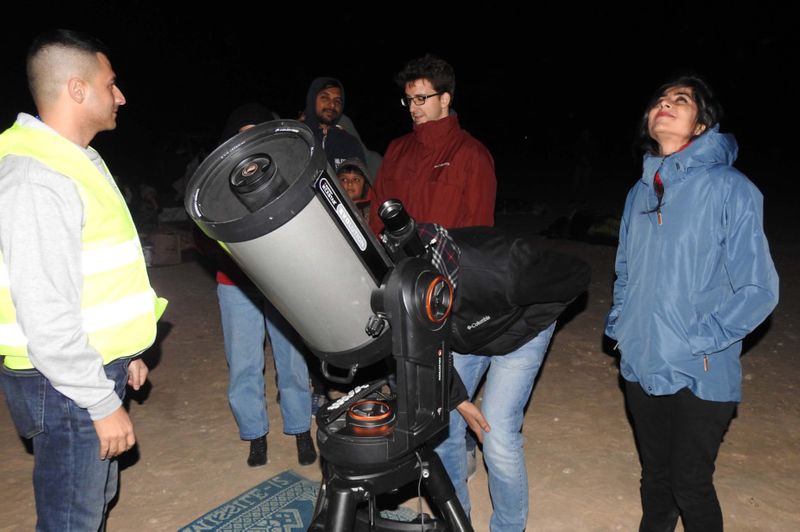
Comet C/2023 A3, discovered in January 2023, travels through the inner solar system at a speed of 180,610 miles per hour (290,664km per hour) and it made its closest approach to the Sun on September 27. It is now gradually becoming visible again in the evening sky.
DAG’s special event for the occasion will be held at Al Qudra Desert between 6pm and 11pm. Tickets will cost Dh100-Dh150.
Comet explained
DAG explained how a comet, a celestial object made primarily of ice, dust, and rocky material, originate from the outer regions of the solar system, typically from the Kuiper Belt or Oort Cloud. As they approach the Sun, the heat causes the icy nucleus to vaporise, releasing gas and dust. This creates a glowing head, called the coma, and sometimes a bright tail that points away from the Sun due to the solar wind.
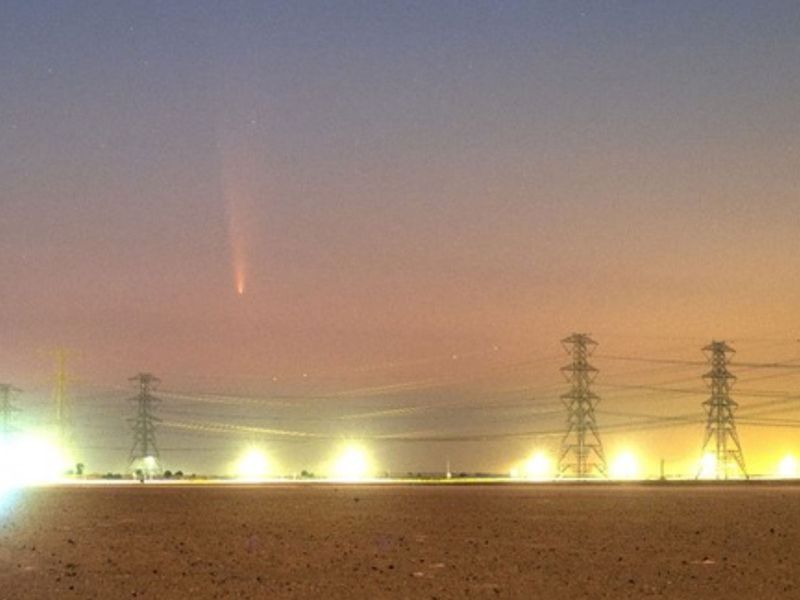
Comets often follow elongated orbits, returning after many years. Comet C/2023 A3 is a long-period comet from the Oort Cloud, its name derived from the convention used for comets by the International Astronomical Union (IAU).
Comet C/2023 A3 (Tsuchinshan-ATLAS)is a non-periodic comet found in 2023, the third comet discovery in the first half of January. It was found by the Tsuchinshan Observatory in China and the ATLAS project.
The Orionids Meteor Shower peaks around October 21 when Earth passes through debris left by Halley’s Comet. During its peak, skywatchers can observe around 20 meteors per hour radiating from the constellation Orion, visible in the eastern sky after midnight. These meteors are fast, bright, and often leave glowing trails that linger briefly.
The Orionids offer a chance to witness remnants of Halley’s Comet, one of the most famous comets in history, DAG added.



